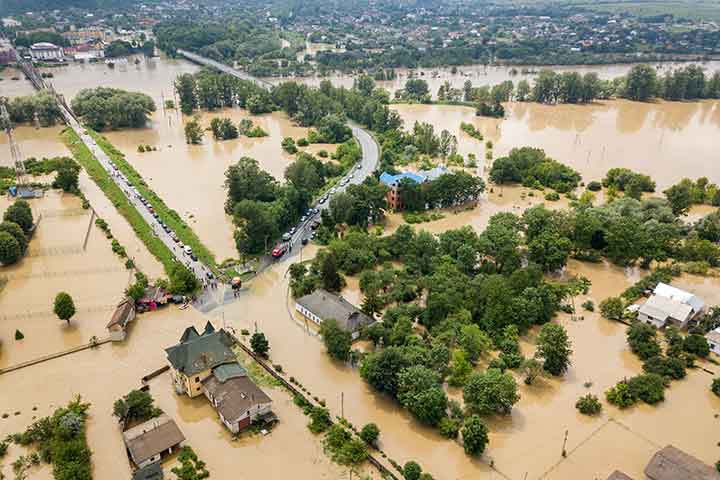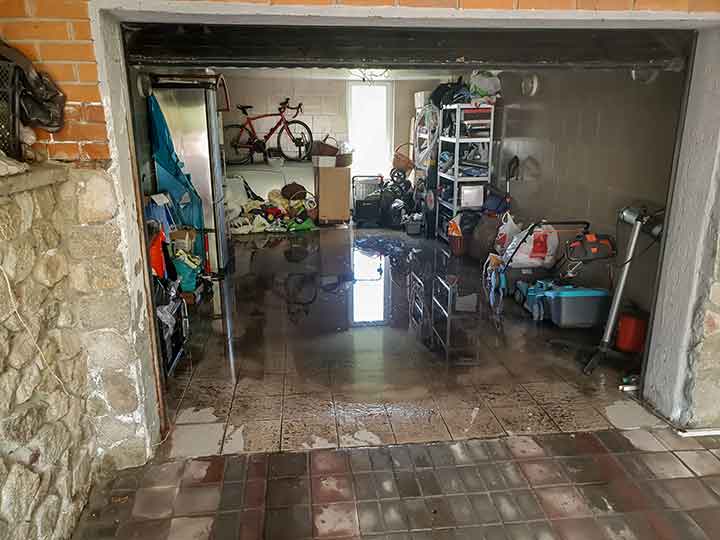You’re not alone if you’re continually scratching your head wondering why insurance premiums seem to keep going up every year like they are on an automatic rate increase schedule. It’s true, insurance premiums are still increasing and you may also be noticing changes to your cover and the conditions that now apply to your policy. Some insurers are reducing their policy limits while others are walking away from some industries entirely. Now more than ever when costs are increasing everywhere you look you start to ask yourself “why does my insurance premium keep going up?” Read on below and we will give you a brief idea of why insurance premiums are going up.
We are currently in the “hard market” cycle
Insurance companies go through what we refer to as soft market and hard market cycles. In a soft market cycle, competition ramps up where premiums decrease or remain stable in the attempt to take on more profitable business. Profitable being the keyword. If an insurer continues to remain profitable year on year than it means that their risk appetite is working and they are insuring good, conservative businesses.
When we are in hard market as we are now, it goes the other way. Insurers start retreating to the hills and need to be strongly convinced to accept certain businesses on their books. As competition starts to fade away, insurers start increasing their premiums. This will typically occur when there has been years of losses, maybe not as a company overall but in certain industry sectors or a large run of catastrophic events. Changes in legislation, increased litigations and new claims that go to court where an outcome sets a new precedent in the industry are strong contributors to the market that we are in.
It’s been the perfect mixed bag for a hard market
With that being said, if you think back over the last 5 years, we have had a mixed bag of all the above. Natural weather related catastrophes have been running at the worst they have in decades. As a country our rate of litigations continue to increase and start targeting new cases that were never a real concern. Fair work conditions, harassment and discrimination allegations are flooding the market. Along with the recent apartment complexes and building fires setting a precedent that construction workers can all share a portion of a loss has opened up the flood gates for insurers being exposed to potentially large losses.
With costs continuing to increase from these losses it gets difficult for insurers to work out exactly how much they are exposed to when the amount that they are paying out continues to go over their projections. The severity of recent weather events from the 2020 bushfires and more recently the flooding across NSW and QLD. Every other weekend there seems to be a hail storm hitting somewhere the costs have blown out considerably.

So what do insurers do during these times? They need to re-balance their books. That means that they need to “trim the fat” on risks that were previously questionable, increase their premiums and reduce their cover until they find that perfect balance of sustainable and profitable business operation.
On another note, the above doesn’t even take into consideration the actual result of COVID 19. As I mentioned above with regards to the new precedents being set, the Australia. Courts are currently being tried against some of the major insurers with regards to business interruption claims and whether Governments putting cities into lockdown is covered under certain policies. If these cases are successful than insurers could be exposed to paying out more large claims on the back of some poor performing years.
So what can you do to combat increasing premiums in a hardening market
There are a number of things that you can do during a hardening market cycle to limit how it affects the overall premium that you pay.
Review what cover you need
It’s important to know what type of cover that you need so that you are only paying for cover that you are likely to use. Some insurers apply exclusions to policies which can allow them to offer a cheaper premium. If these exclusions don’t effect your business than you can take advantage of the saving. We wrote an earlier article how to get the most out of your cover which outlines some extra tips and tricks that you can do to reduce the impact.
Speak with an Insurance Broker
Speak with an Insurance Broker that actually understands your trade and what it does. Your Broker is the person that will be communicating your business operation to the insurer so if they can’t pitch your business confidently and correctly you may not be getting quotes from all available insurers.
Review excess options
Review excess options with your Broker. Most people just wait to hear the price and then move along if they aren’t happy with it. It’s important to communicate these things with your Broker as doing things like increasing your excess can reduce your overall premium.
Avoid making small claims
Avoid making small claims can also help you to have a clean insurance record. Sometimes if the claim amount is only small than it may be worth settling the claim yourself. Should the claim begin to increase beyond your capacity then an insurer can take over the claim and allocate your contributions that have already been paid as your deductible or excess payment. The main reason behind this is that any claims that you make need to be declared for the following 3 to 5 years. The information that gets supplied to the insurers is; what was the claim for, how much was paid for the claim and when did it occur.

How long does a hard insurance cycle last?
There is no defined period of a hard insurance market and as the way that we operate our business continues to change there is no guarantee that we will ever go back to a sit market.
For an insurance market to soften insurers need to see 3 main things:
- Less claims being made or the overall value of claims reducing
- Higher profitability
- A solid pattern of market predictability
Insurers rely heavily on data and they don’t just look at 5 year periods, they consider data over the last 100 years sometimes even longer.
How bad is a hardening insurance market?
For some industries you may not even notice that there is any change at all as it’s likely that you are in a lower risk category and can easily source a policy and the policies are still competitive.
Some industries, locations and business operations are unable to get cover at all. For example, some current industries that are experiencing an extremely hard market cycle:
- Security contractors doing crowd control services
- Property owners of high risk locations where business activities include recycling
- High EPS property that have large amounts of cold room storage
- Professional Indemnity policies for structural engineers
- Commercial properties located in high bush fire or flood locations
You may be thinking that you’re not in one of those industries so this doesn’t affect you however, you may still be affected but may just be under an increased cost schedule. What this means is that an insurer is increasing their premiums to find the perfect balance between theirs claims history and premium being charged.
Rising costs are still a strong indicator of being in a hard market and continuing the upward trajectory until premiums start to balance out once again or start to decline.






